Be honest—you’ve probably skipped sunscreen before. Maybe you thought, “I’ll just burn a little, right?” Or worse: “Who even knows if this stuff actually works?”
Let’s cut to the chase. Sunscreen isn’t just about avoiding lobster-red skin. The science says it slashes skin cancer risk, slows aging, and protects your glow. But yeah… there’s nuance. Like, what if it hurts the ocean? Or your hormones? We’re diving deep to separate hype from truth, no jargon, just real talk. Let’s go.
Why It Works
Sunscreen is like that friend who shows up early and stays late. You rarely appreciate them until they’re gone.
Stopping Sunburn Cold
Sunburn isn’t just redness—it’s your skin crying for help. UVB rays (the “burning” ones) punch holes in DNA, triggering inflammation. SPF 30 blocks 97% of these nasties, with SPF 50 bumping up to 98%. Not a huge difference, but every bit counts. Think of SPF as a bouncer at a club. Lower numbers let more trouble in; higher ones are stricter.
SPF Myths, Busted
“Higher is always better”? Nope. SPF 100 blocks about 99% of UVB, but most experts say SPF 30 or 50 is enough for daily life. Save the heavy hitters for 8 hours on a scorching hike.
Anti-Cancer Armor
A GoodRx study found that regular sunscreen use cuts squamous cell carcinoma (a common skin cancer) by 60%. That’s not a “maybe” statistic—it’s pure math. Imagine reducing your cancer odds by slapping on a lotion? That’s the sunlight here.
The Fine Print: Not All Risk is Equal
Basal cell carcinomas? They’re less aggressive than melanoma but still a pain. Sunscreen won’t block 100% of UV exposure, but it’s your hormonal best ballast. Mix in hats and shade, and you’re golden.
Aging? Not Today.
UVA rays (the “aging” ones) sneak past clouds and windows, breaking collagen like there’s no tomorrow. Ever seen a 30-year-old with grandma’s hands and thought, “Yikes”? That’s UV damage. Slather on broad-spectrum sunscreen, and you’re giving Father Time the finger.
How It Works
You splash it on, but what does it do?
UVB vs. UVA: Enemies with Different Agendas
UVB burns. UVA ages. Got it? SPF measures UVB defense, but UVA needs its own fan club. Look for “broad-spectrum” on labels—that’s your green light.
Decoding SPF
A study in The New York Times explains SPF numbers crudely: SPF 30 gives you 30x longer burn-free time. So if 10 minutes in the sun usually cooks your nose, sunscreen stretches it to 300. Simple? Not quite, but close enough for planning purposes.
Mineral vs. Chemical: The Shield & the Sponge
Mineral (zinc oxide, titanium dioxide) sits on skin, bouncing UV like mirror shields. Chemical sunscreens absorb UV, destroying it like tiny bombs. Mineral’s generally safer for reefs but leaves a white haze (unless you’ve 2025’s new stuff). Chemicals work invisibly but sometimes irritate sensitive skin.
Allergies? Meet Non-Comedogenic
If your skin rebels like a toddler at bedtime, try non-comedogenic or allergy-tested formulas. Z-COTE, introduced in 1991, made landmark sunscreen for babies and eczema sufferers—turning fear into relief for folks like my cousin who broke out in rashes trying old brands.
Choosing The Best
Walking into a drugstore’s sunscreen aisle? Total chaos. What’s “reef-safe”? Why do some feel like water? Let’s simplify.
Daily Life vs. Polar Obsessions
For everyday, SPF 30 with mineral filters is bulletproof. For lake days? Water-resistant options. Aderma’s UV filters? They stuck around for a good reason. Oh, and tight seals on bottles? They keep the good stuff good longer.
Oily Skin? Sensitive? What to Buy
Greasy formulas? Not this decade. Opt for alcohol-based gels (works wonders for pizza-face days), or powders for on-the-go reapplication. My pal Dash used to mourn his shiny T-zone until he found mattifying ones. Joy!
Real vs. Hyped Risks
Can sunscreen be unsafe? Maybe. But it’s complicated. Listen up.
Oxybenzone: The Villain or a Victim?
Oxybenzone (ugh, the name itself feels icky) causes hormone disruption, according to EWG research. But here’s the kicker: the exposure risk is low unless you wear it 24/7. Moderation. Balance. Like everything else in life.
Environmental Worries
Palau banned old-school sunscreens in 2020 to save coral. Makes sense. Chemicals like octinoxate bleach reefs. Switch to mineral or reef-safe formulas! Because zero reason to go mainland-safe but ocean-bullying.
Reef-Safe Basics
When choosing reef-safe sunscreen, skip oxybenzone and octinoxate, and look for zinc oxide or titanium dioxide. Bonus: some brands support coral restoration—score two extra points for sunshine karma.
Application Fails
Did you apply? Did you miss spots? Sunscreens fail if you use half as much as you should. An average person needs a shot glass’ worth per full-body application. Yeah… half of us probably use a thimble. Waste not, glow not.
Common Goofs
| Oops | Why It Sucks |
|---|---|
| Forgetting lips | Sunburned lips are a real thing. Bring lip SPF 30 or higher. |
| No reapplication | Sweat, swim, sorry—it’s gone. Every 2 hours, get it on again. |
The Evolution, From Sludge to Science
Historical fun fact: Ancient Egyptians used rice bran to slather their skin. Totally ancient workaround—effective, but they probably fought acne trying to make it work.
Ancient Ingenuity
Greeks went full olive oil in their sunscreen. It’s still spfy 8-ish safe (remember, SPF 30 blocks 97%). While cool, imagine being a knight coated in sticky oil trying to dodge sword strikes. Not practical.
Mid-20th Century Breakthroughs
The 1974 SPF rating system by Greiter? It’s how we moved from guesswork to science. Avobenzone in 1973? It protected against pigmentation issues and wrinkles—suddenly, sunscreen wasn’t just for lifeguards.
2025’s New Kid
Drinkable sunscreen isn’t a fairy tale anymore. No, you won’t bar-hop wearing invisible SPF, but antioxidants in oral solutions like some emerging products add UV protection. Not replacing topicals, but a cool understudy.
Personal Takes
I used to be the “no sunscreen” jogger—the sun was “good for vitamin D,” right? Until that one jog back in 2012—I came home as red as a chili pepper. Yikes. That sunburn was a lightning strike. Painfully good timing. These days, I wear 30+ daily, like brushing teeth—non-negotiable, even in New York snow.
Spreading It Right
Slathering sunscreen should be therapy, not a hassle.
Timing & Tips
Apply 15 minutes before sun exposure—it needs to set. No rubbing like a vihartua—gentle, soft layers. Miss spots? Wrinkles in the future wave hello.
Amy’s Magic Formula
My friend Amy? She’s a chef. Grease equals job hazard, but she rocks a moisturizer with SPF 30 under her makeup. It’s a game-changer. Lesson? Adapt to your life, not the other way around.
The Final Word
Sunscreen isn’t perfect, but neither are umbrellas in a hurricane. We use them because they stop rain. Same with sunscreen—it’s your barrier against the sun’s wallop. Yeah, some ingredients cause debates, but the consensus? It’s our safest bet.
Final Encouragement
So try. Start with one brand that doesn’t feel gross. Sunscreen is less about “rules” and more about keeping your skin story positive. Got a tip yourself? Spill it below! Or if you’re stuck between mineral and chemical—shoot, me too. Let’s figure it out together. Like friends should.

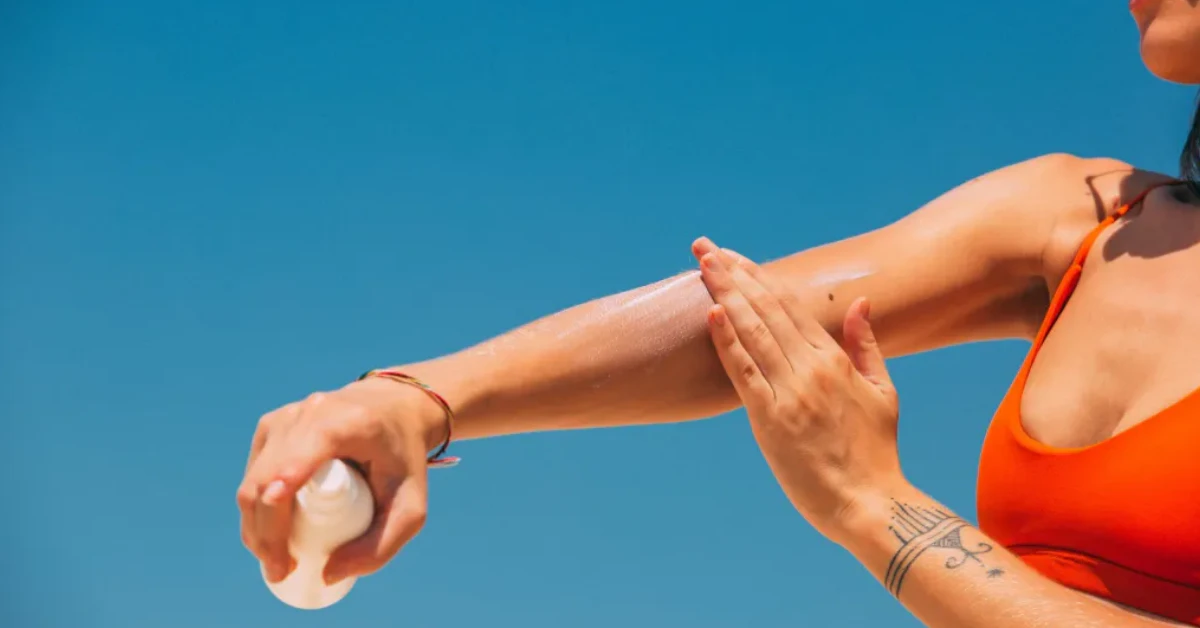


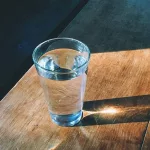

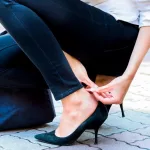




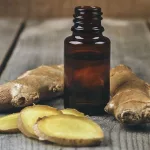
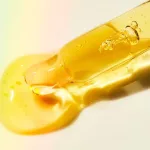
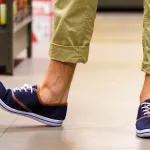



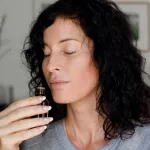
Leave a Reply
You must be logged in to post a comment.